saycheese76
TPF Noob!
- Joined
- Dec 3, 2008
- Messages
- 136
- Reaction score
- 0
- Can others edit my Photos
- Photos OK to edit
So I'm new to digital and know nothing about post. I tried to nail the exposure in the camera, so all I did was tweak them a bit in the nikon software. I know they are inconsistent as far as having the same brightness. I was just playing around trying to figure the software out. I shot these with a dark blanket behind the boys and a reading light from the side. The big guy was a bit more cooperative than the little guy. Any input is appreciated!
Any input is appreciated!
















![[No title]](/data/xfmg/thumbnail/42/42476-18beb1ac3f51cc5df765155cf67f2d5e.jpg?1619740194)
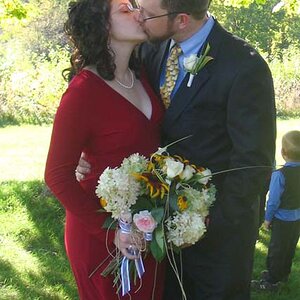

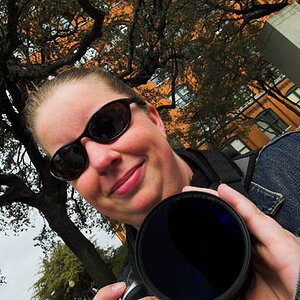
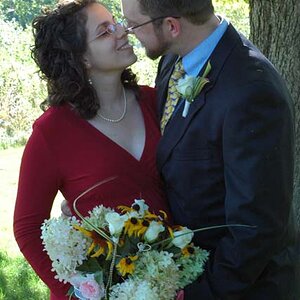
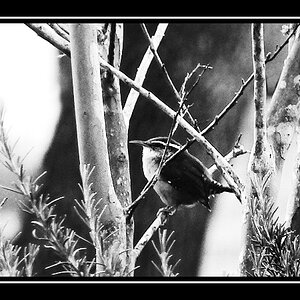
![[No title]](/data/xfmg/thumbnail/42/42473-acff07bd005ae1bb1af25d5d00d0c437.jpg?1619740193)
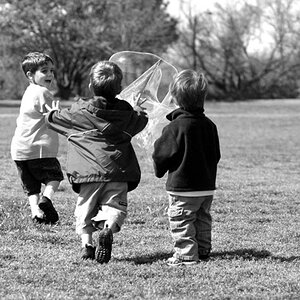
![[No title]](/data/xfmg/thumbnail/33/33873-e4eab8f61d68a145e3b86b7a7fca6372.jpg?1619736180)
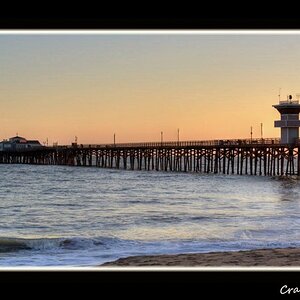
![[No title]](/data/xfmg/thumbnail/42/42472-9229a7111196e5db141ab82c04a4ba48.jpg?1619740193)
